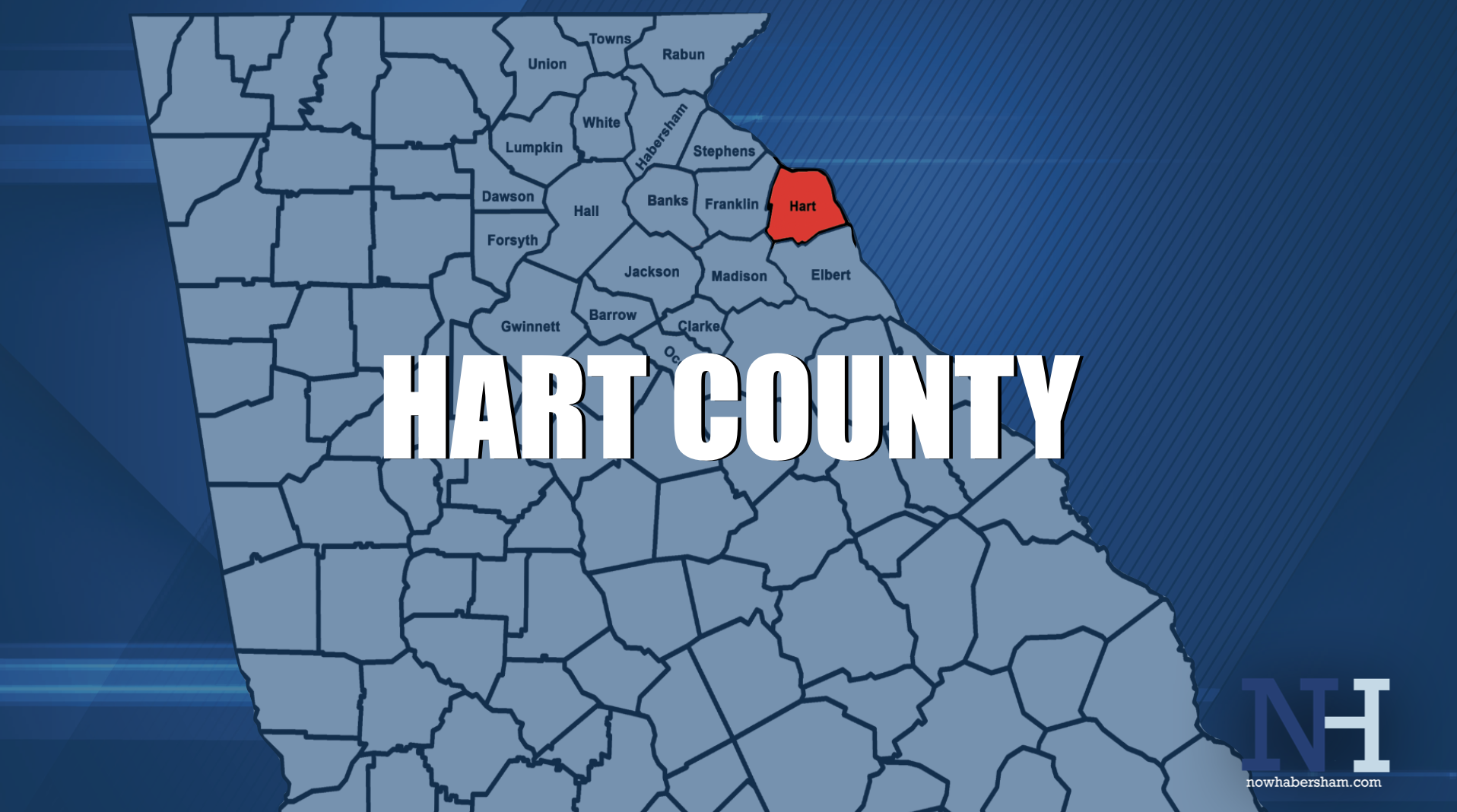
In a unanimous vote during a work session on Monday, April 7, Clarkesville leaders approved a 60-day moratorium on new development citywide.
Councilman Franklin Brown was absent from the meeting, but the measure passed without opposition.
The temporary halt aims to give city officials time to reevaluate zoning regulations, with a focus on residential density and architectural standards. Currently, Clarkesville allows for about 4 to 10 housing units per acre, though officials are considering reducing that threshold.
“(Growth) is going to happen all around us…I wouldn’t have any problem dropping (density) down,” Clarkesville City Manager Keith Dickerson said.
When Dickerson added that a “facade review” – the ability to reassess the visual appeal of proposed residential developments – is needed in Clarkesville, council members agreed.
“Absolutely,” Mayor Barrie Aycock said. “There is a lot of chatter about new construction that’s going up – which people feel is not worthy of our neighborhood.”
Councilwoman Angelia Kicker, who proposed the moratorium, said the move would lend the city time to revise aspects of growth and development in Clarkesville. “We have to have a moment to reevaluate and get these things right,” she said.
After the meeting, Dickerson, who described the city more as a retirement community, said an overall reappraisal of Clarkesville’s identity is essential moving forward.
“We need to own who we are,” Dickerson said. “We’re going to be a town of 2,400 people, and that’s probably what we should be. Unless (council) wants to grow, but I can tell you, going from 2,400 to 30,000 is real ugly.”
“That’s not what Clarkesville is,” Kiker replied, referring to the prospect of immense population growth. “I don’t know anybody that wants Clarkesville to be that. That’s not what they want to be.”
A study on zoning and density will be conducted during the moratorium, which could be extended as needed. Meanwhile, previously approved developments will move forward, but new applications will be on hold.
“We don’t want to turn into a neighborhood full of a bunch of 800 square-foot homes,” Dickerson said. “…we’ve got some potential for 200-300 homes, trying to go on a road where two people can barely pass each other, and there’s no right-of-way – or really no way to enlarge those roads because of the way the setbacks are.”






